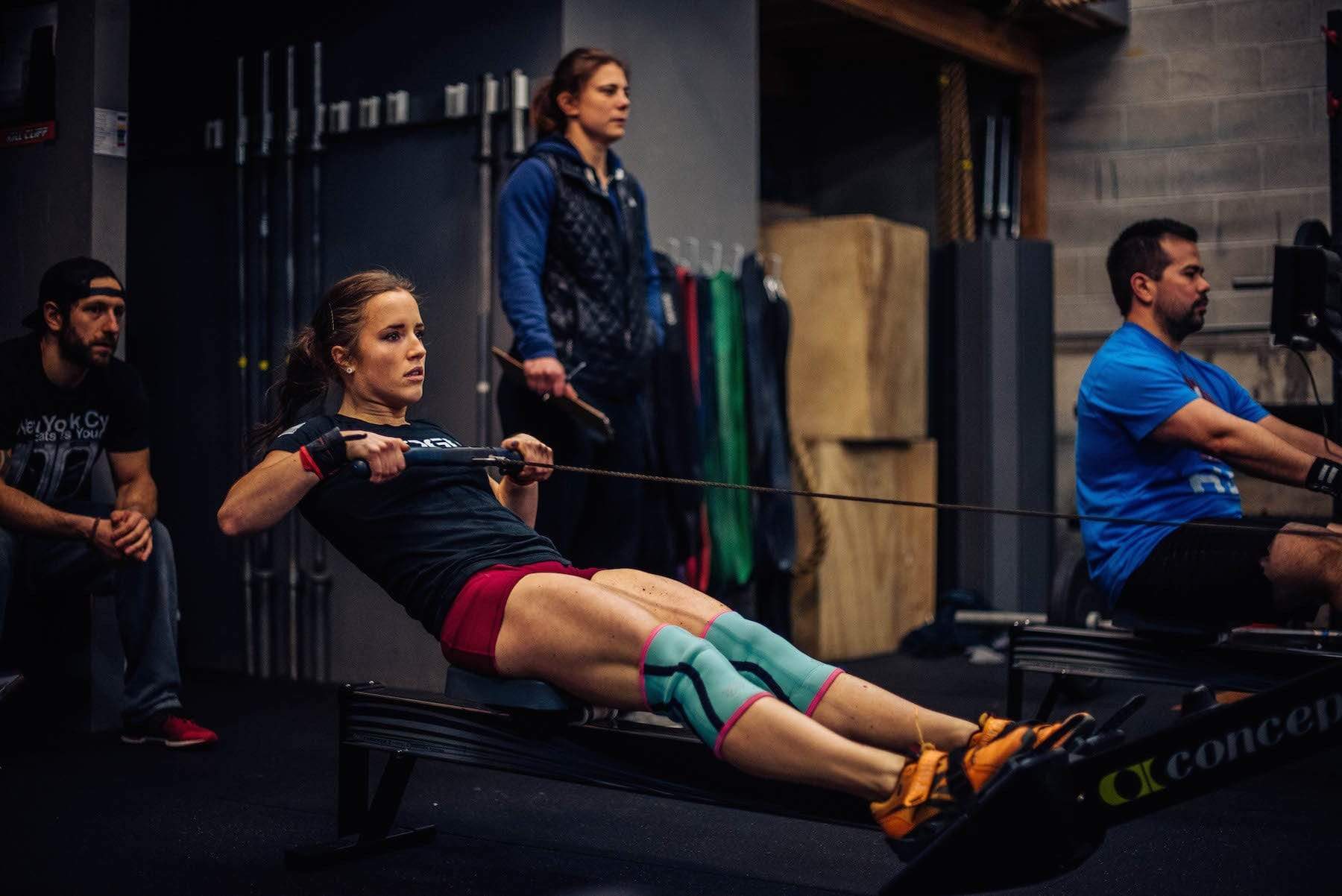
The road to achieving better fitness is paved with hard work and dedication. It requires consistently setting and achieving personal goals, and it should challenge you.
Traditional diets don't usually work. Despite that fact, millions of people are obsessed with fad diets that reduce caloric intake or encourage people to workout more, or worse yet - both. What happens next isn’t pretty: we’ve built a multi-billion dollar industry focused on making this process easier and giving people the illusion that results are something that can be purchased in the absence of hard work.
The road to achieving better fitness is paved with hard work and dedication. It requires consistently setting and achieving personal goals, and it should challenge you. As athletes, we know that if it were easy, we probably wouldn’t be interested in the first place.
We believe that improving athletic performance through goal setting, along with eating the right types of food, is the foundation achieving better fitness.
Follow these 5 steps to getting fit and you'll get results:
Step 1: Choose an athletic goal that you are truly passionate about.
The goal is critical to our 5 step program. Don’t bother starting until you’re honest with yourself and are passionate about achieving your goal. The goal can be anything you'd like. If you’re a runner and you want to run a sub-20 minute 5k, go for it. If you're a cyclist who wants to ride a big climb 30 seconds faster, go for it. Regardless of what the goal is, don’t start until you find a goal that you’re passionate about achieving. Then go all in.
Step 2: Routine is the enemy.
If you’re overweight and run 10 miles per day, it’s almost a guarantee that you will not lose weight without changing something else - either diet or activity, ideally both. During this program we recommend that you change both diet and activity.
Adaptation tells us that our bodies will adapt to stimulation, and over time our bodies will become accustomed to what we’re doing. This is the point at which you lose the incremental gains of increased training time.
You don’t need a new sport or activity. If you run 10 miles a day, choose a goal like running a sub-6 minute mile or 60 second 400 meter sprint. If you choose a goal that is outside of your experience and comfort zone, results will come faster.
Step 3: Focus your diet on achieving your goal.
Once you’ve set a goal and agreed to challenge yourself with something new, you can probably achieve your goal with dietary discipline alone. As an athlete, this is 90% of the challenge. Training and exercise will come easily, dietary discipline is the tough part. Ask yourself, are you willing to skip the fried chicken and mash potatoes for lean protein and vegetables? If you’ve chosen a goal that you’re not passionate about, step 3 is where you’re going to fail. Be willing to make this sacrifice to improve yourself, and you will.
Step 4: Set a baseline for your goal and give yourself 60 days to test for improvement.
If you’re super motivated to run a sub-20 minute 5k, you need to know what your baseline fitness will allow you to do. When you test yourself, be sure to pick a 5k course that won’t change over time so that you can test yourself on the same course in 60 days. Running a 5k on the track is tough, but it’s a great option for standardizing and measuring your performance gains.
Step 5: Remind yourself to compete everyday.
Every-day you wake up, write down your goal and think about it for 15 seconds. As you do this, remind yourself that you only need to commit 60 days of your life to achieving something that will have a profound impact on your physically and mental wellbeing. This is the step that requires you to understand that you’re going to get what you put in. 90% effort will likely mean achieving 90% of your goal. Don't cheat yourself, give 100% for 60 days, and you’ll achieve 100% of your goal.
